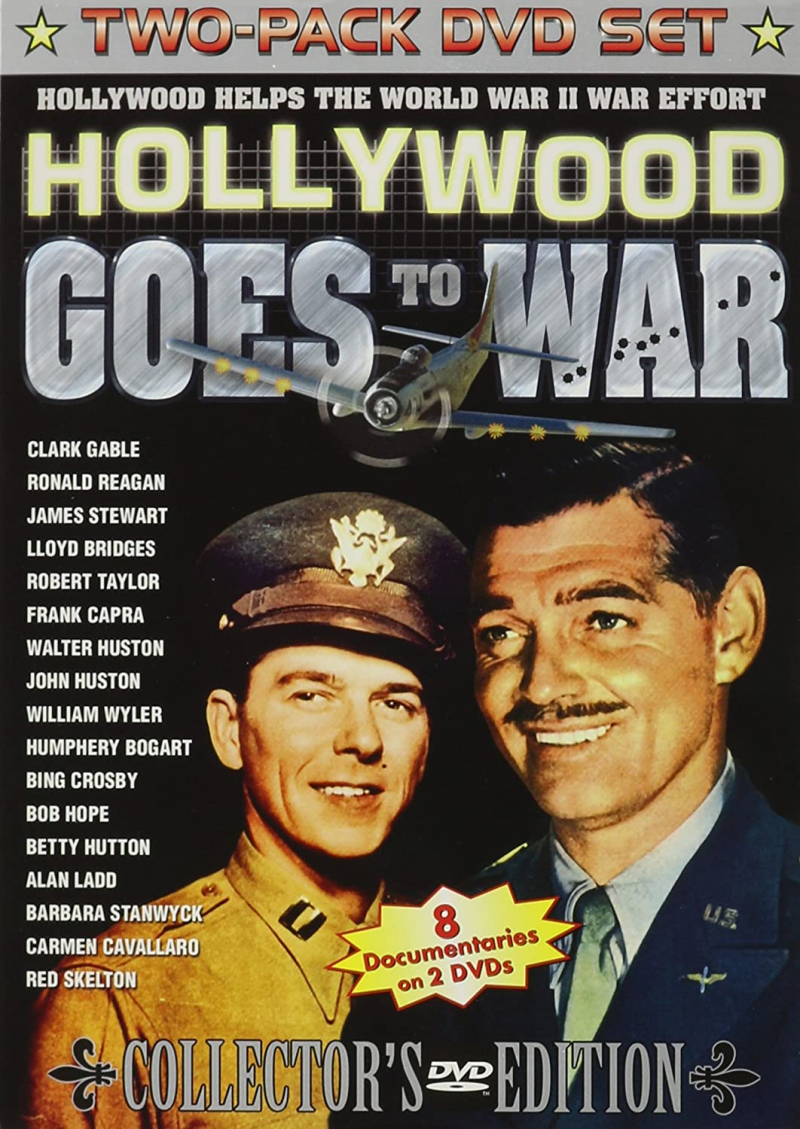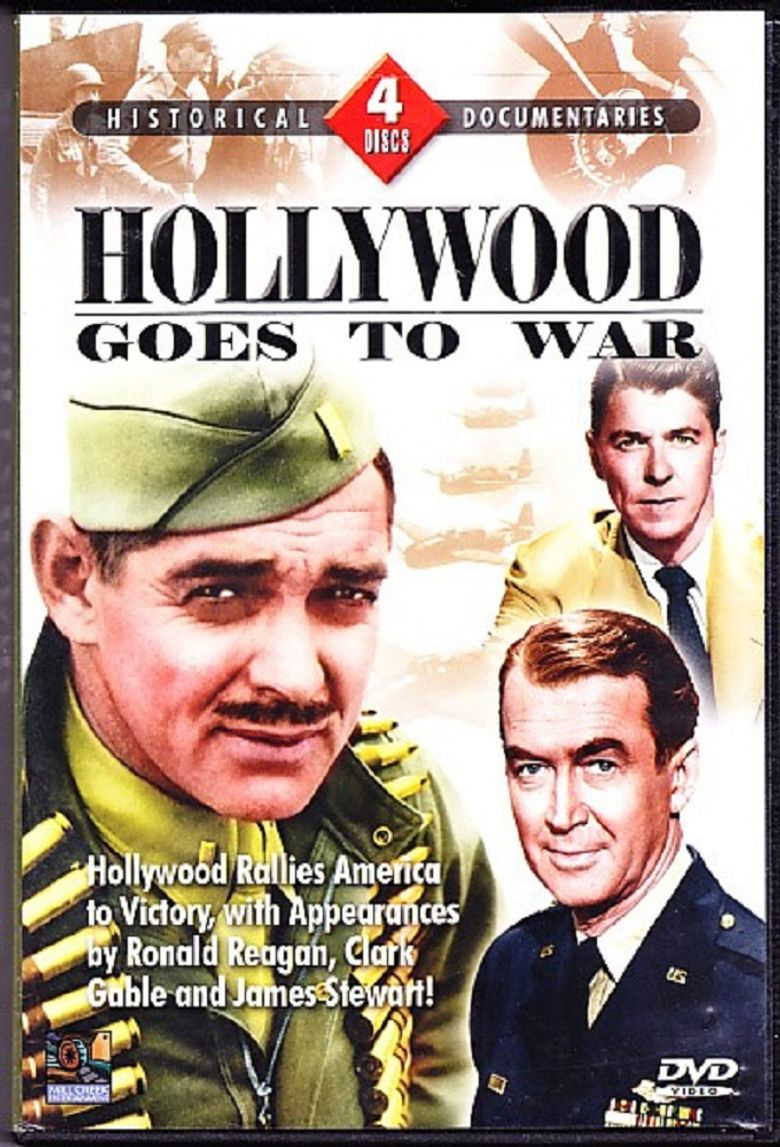Hollywood entered the war with a bang
More than 10% of Hollywood's staff, including actors, directors, photographers, writers, animators, technicians, and others, contributed to the war effort in just the first year of the conflict. In the military, the propaganda business, the Office of War Information, and other organizations, they did this. Filmmakers were instructed to think about how their films would advance the war before they began production.
During the conflict, films were produced that aimed to attract new soldiers to specialized military branches. The purpose of films like Bombardier (1943), Crash Drive (1943), and Wake Island (1942) was to inform the public on the responsibilities of military members in the US Army Air Forces, US Navy, and US Marine Corps, respectively. Each attempted to inspire young Americans to join the military by portraying renowned Hollywood actors in heroic ways.
Other movies, like Alfred Hitchcock's Saboteur (1942) and Above Suspicion, forewarned of the threat that espionage posed to the domestic front and the wider war effort (1943). Hollywood created propaganda films portraying America's enemies, films to entertain those at home and those serving overseas, and training films for the military. The seven Why We Fight films, created by the War Department with Hollywood's assistance to "educate" the public on the need for the war, were among the latter.












